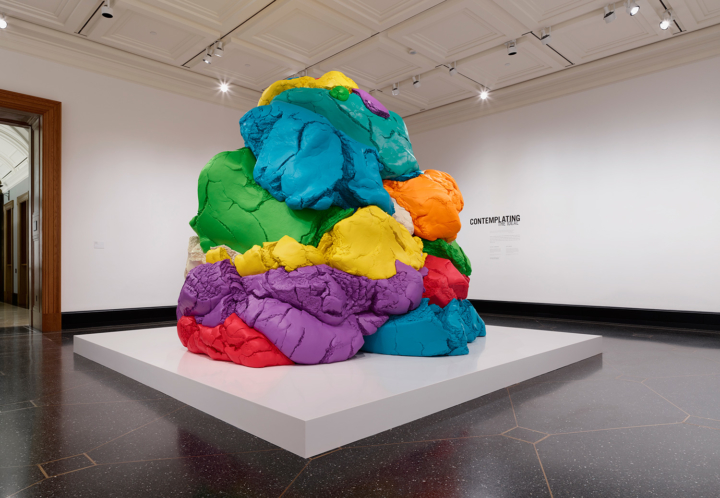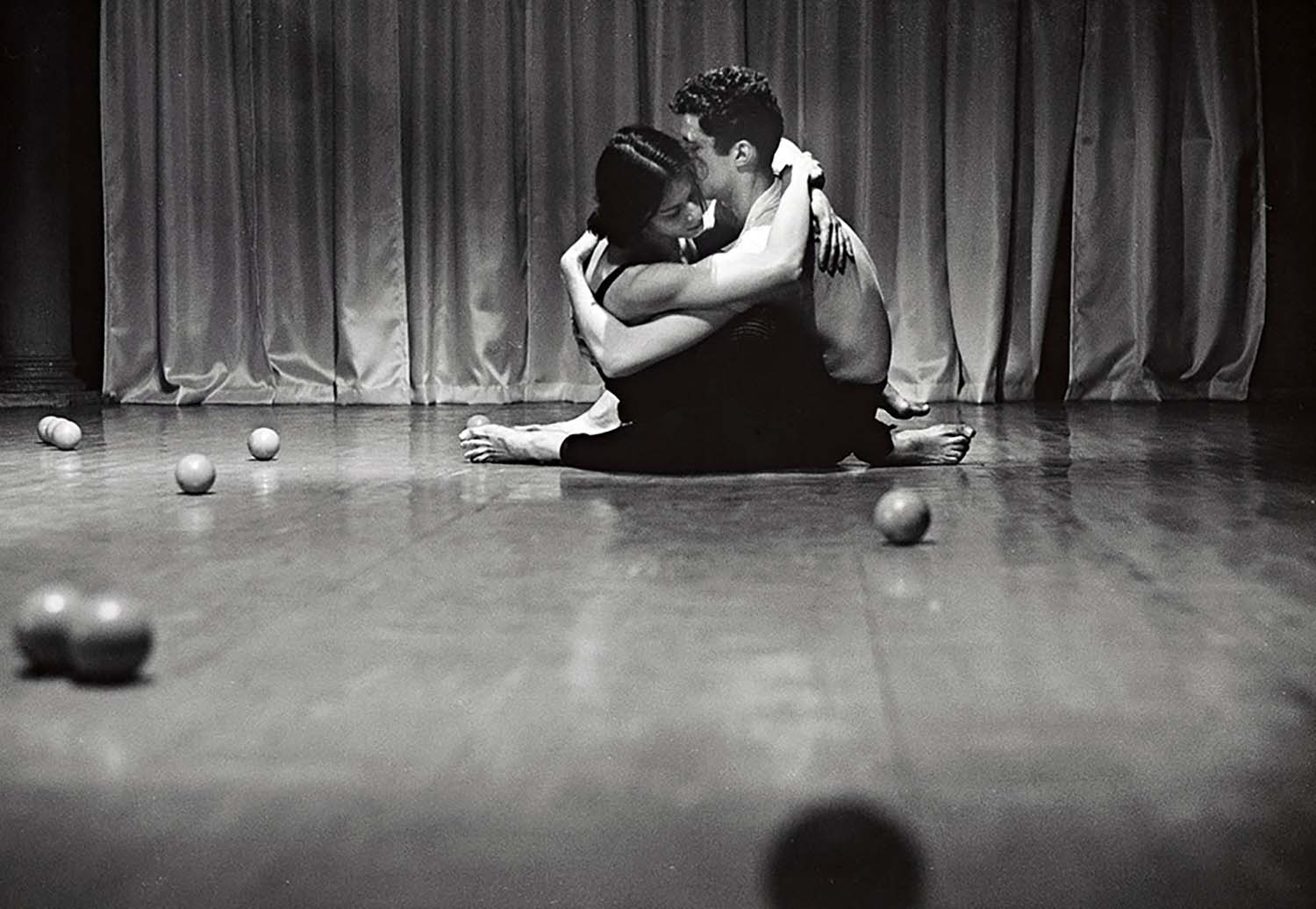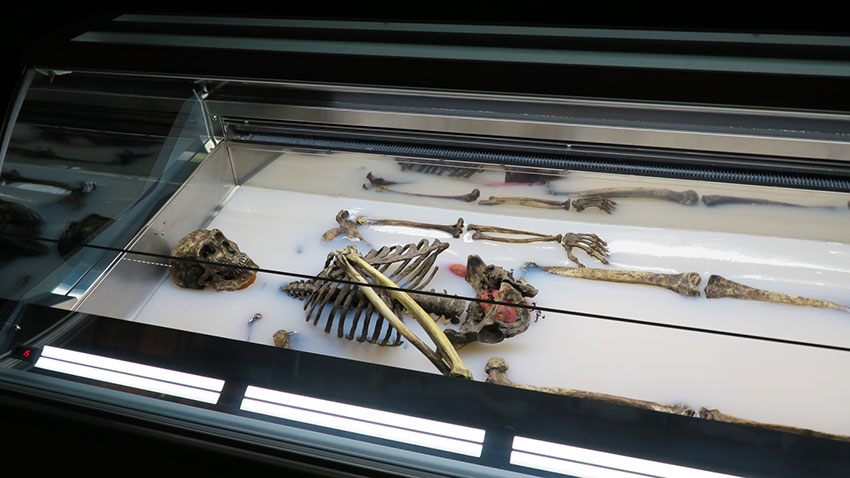The introduction to “Plato in L.A.: Contemporary Artists’ Visions” takes the form of a pun: Jeff Koons’s Play-Doh (1994–2014). This monstrous piling up of cast aluminum, painted into vibrant, hand-torn clumps of clay in shades such as Party Hat Purple, Garden Green, and Blue Lagoon, fills one of the Getty Villa’s classically appointed exhibition halls. The amusing homonymic punch line alludes to the ubiquitous rainbow putty (trademarked in 1955) as much as it does to the architect of Western thought in philosophy, religion, and geometry.
Student to Socrates, teacher to Aristotle, saboteur of poetry and music, he may not have anticipated this overlay of the layers of his world in his lifetime (c. 428–347 BC): the physical realm with the one of forms, embodied in material artworks, armored with conceptual underpinnings that are visible — that only exist — in his divine universe. The presence of any one of them, as he predicted, fails in an absolute representation; the same as any other artwork ever made. The metaphysical aspects of these contemporary artists’ work, however, escaped his judgment.
This uncanny site for antiquities, in its first presentation of contemporary art, gives a nonlinear pretext and alternate point of entry to a reading of the seminal philosopher’s dismissive ideologies on visual art and culture; if his interpretations can be broken down into slippery blocks of humor (Koons, Raymond Pettibon, Mike Kelley), riddle or misrepresentation (Joseph Kosuth), calculating scrutiny (Huang Yong Ping, Adrian Piper), fantastical inhabitation (Paul McCarthy’s hybrid character of himself and the subject, named Plato/Paul), or literal reflection (Michelangelo Pistoletto), they become accessible on new aesthetic and visual levels, in a site as foreign to ancient Greece as one can get — the American West. The Getty Villa, open since 1974 though recently reopened after the institution’s, in patois, facelift, is something of a stylistic and anachronistic pastiche, borrowing from the Villa dei Papiri, one of the most luxurious houses in the Roman Empire, located in Herculaneum, at the foot of Mount Vesuvius, which erupted and buried the home in 79 AD; the Outer Peristyle garden nurtures roses and English ivy; this still being Los Angeles, the structure just below the garden is the Central Parking Garage.



